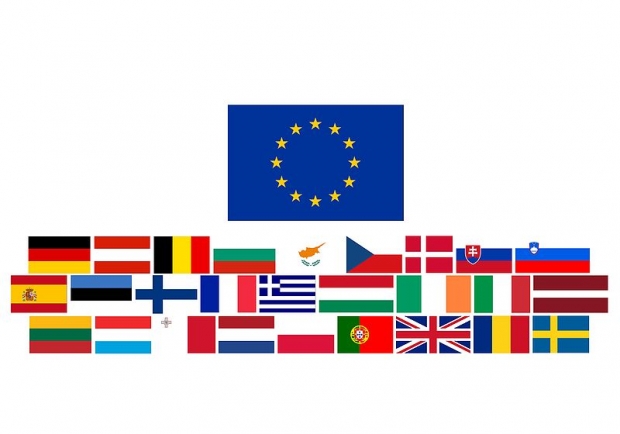Since June 15, the official start of non-EU roaming, I travelled to a few European Union member countries including Slovakia, Italy and Belgium. I did travel to non-EU Switzerland that is not part of this deal, but my plan included free data coverage in this country too.
The way travel within the European Union works now, is that you get a text message when you connect to a new carrier in a new country, notifying you that all the talk and texts are free. You can use as many text and call minutes as you have included in your original plan, while data roaming is still limited.
This is the only play left to carriers and data roaming is an important one. Most plans will let you use data in roaming, but they will let you use less of your data compared to a national network. This will depend on your carrier and plan, the more you pay, the more you get but for most people, a few GB that they get to use in roaming, should be more than enough.
Here's an example from the Austria 3 network and plans that include a phone. Without a phone it is even cheaper. The Top XL plan for 29 euro a month gets you unlimited text and talk in the whole EU, 15GB of data and you can use up to 6GB in EU countries. The play that these guys are using is that they limit your maximal data speed to 50 Mbps download and 20 Mbps upload and it includes text and data roaming in the US, Switzerland and Turkey. 10 Euro more Europe gets you 150 Mbps download and 50 Mbps upload, 20GB total and 9GB within EU countries and for 59 euro you get the top of the hill plan with Cat 6. 300 Mbps download and 100 Mbps upload, 40GB total and 13 GB within EU.
In all the countries above we were getting LTE speeds that ranged from location and time. We saw 30- 70 Mbps average despite roaming.
All of a sudden the horizons in Europe have expanded. The 8.5 million people using phones in Austria can use their phones all across 28 EU countries. Austria is the 15th largest country by population in EU. I Malta has slightly more than 420,000 people and can roam for free in all the EU member countries. Germany as the biggest country in the EU has just slightly more than 80 million people and is the single biggest market.
This happens just in time as EE in the UK started its Gigabit LTE trials and when a few other carriers are working to increase the maximal data speed from Cat 6 300 Mbps to close to 1000 Mbps with Gigabit LTE, 4x4 MIMO and QAM 256.
Getting rid of roaming is a big milestone as finally people can use their phones traveling across the European Union without fear of a high bills. Of course, as always in life there is a catch. Once you leave to a non-EU country even within Europe, the roaming charges apply and they are usually expensive. This definitely depends on the plan and the carriers.
The biggest gain for carriers and phone manufacturers is that all of a sudden, roaming doesn’t stay turned on. Since there is no cost involved, they now use they phones for travel whiteout need to camp by free Wi-Fi.
The 512 million market might become 447 million market after March 2019, when Britain may exit the market (Brexit), but one could anticipate that the UK countries will likely try to stay part of this nice deal too.
With the end of data roaming, the world has become a little bit smaller and easier to conquer.




